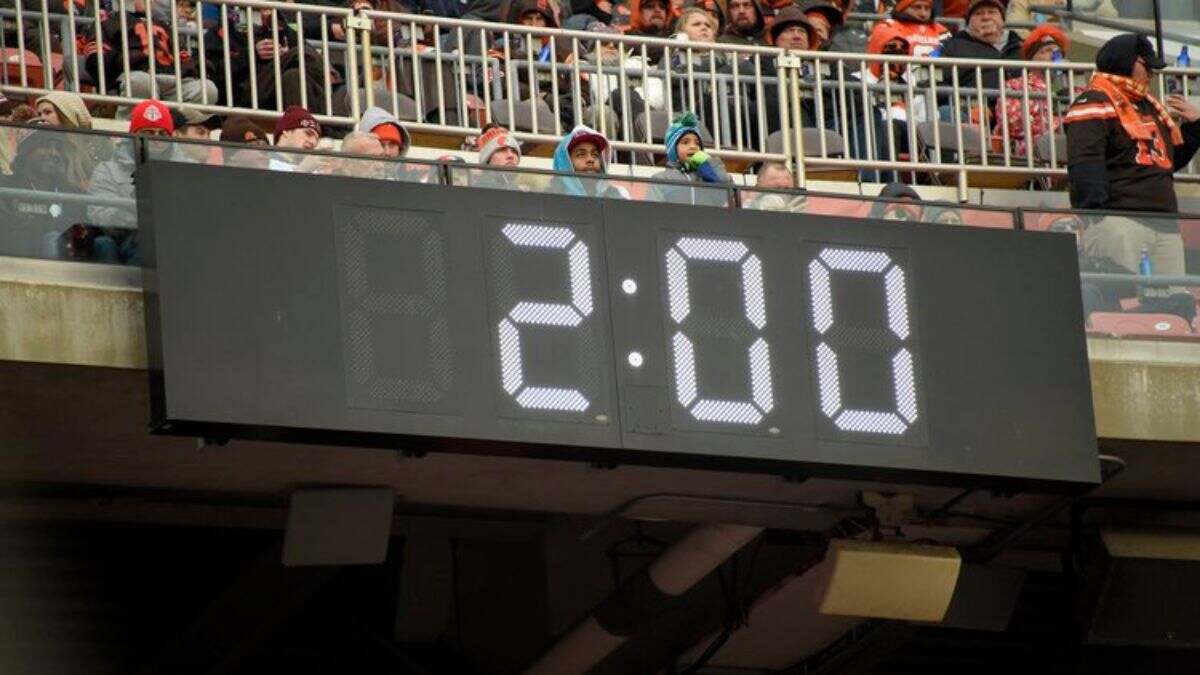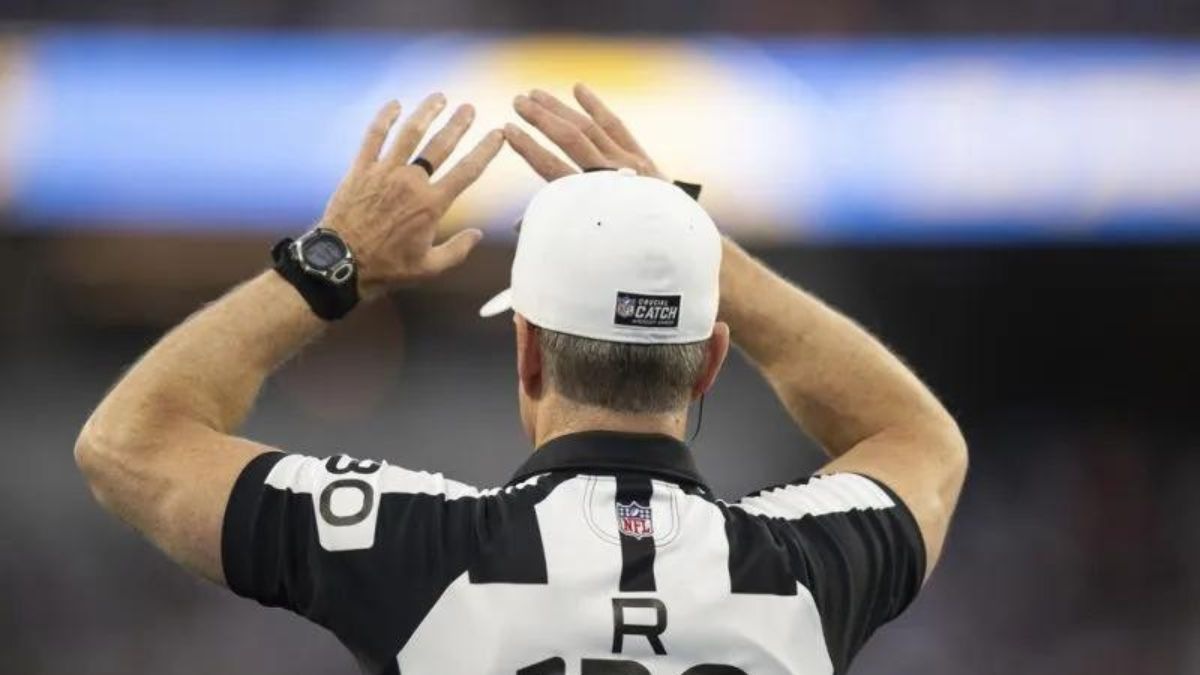The inception of the 2-minute warning dates back to the nascent years of the National Football League (NFL) when game time was officiated by a member of the officiating crew, rendering the stadium clock unofficial. Its primary function was to serve as a pivotal checkpoint, ensuring that both teams were cognizant of the remaining time in the game.

During the early 1960s, the American Football League (AFL), a burgeoning entity, instituted a significant change by designating the stadium clock as the official game time. This alteration was later adopted by the NFL towards the end of the decade, shortly preceding its merger with the AFL. As television emerged as a prominent influencer in professional football, the tradition of the two-minute warning persisted, albeit assuming a new role. It transformed into a strategic commercial break while also serving to amplify the tension and excitement of the game's climax. Consequently, it has evolved into an integral aspect of the game's rhythm and dynamics.
ALSO READ| When is Super Bowl 2024 and Who is Playing? All Details Here
What Is The 2-Minute Warning in the NFL?
For those who may not be acquainted, the two-minute warning is a pre-scheduled timeout that occurs in NFL games. This timeout is automatically triggered when the game clock reaches the two-minute mark after both the second and fourth quarters. Following the two-minute warning, specific clock management regulations come into play.

Beyond its regulatory function, the two-minute warning presents an invaluable opportunity for commercials, particularly during high-profile events like the Super Bowl, where advertising slots carry significant financial worth. Additionally, teams perceive the two-minute warning as an extra timeout, strategically leveraging it to their advantage in critical moments of gameplay.
Two-Minute Warning and Overtime Rules
- No special events occur at the end of the first and third quarters.
- Two-minute warnings are only given at the end of the second and fourth quarters, and during overtime if applicable.
- In some exhibition games, two-minute warnings are given in all quarters.
10-Second Runoff
- If the team with possession of the ball is trailing or the game is tied, certain situations trigger a 10-second runoff.
- If 10 or fewer seconds remain in the half/overtime/game, the runoff effectively ends the period/game.
- The offence can avoid the runoff by calling a timeout.
- The defence can decline the runoff and accept a distance penalty.
Injuries
- If a player is injured and his team has timeouts remaining, a timeout is automatically charged to that team to allow the injured player to be removed.
- If a team is out of timeouts, they are allowed an otherwise excessive ‘fourth timeout’ (or third if overtime).
- Feigning injuries to save game clock time results in a five-yard penalty after the fourth timeout.
- Exceptions include if the other team called a timeout immediately after the previous play, the injury was caused by a foul by an opponent, or the previous play resulted in a change of possession, a successful field goal, or was conversion attempt.
Other Rules
- Within the two-minute warning period, instant replay reviews can only take place if initiated by the replay assistant.
- Coaches cannot use a coach's challenge during this period.
- If a player fumbles the ball within the two-minute warning period, only the fumbler can advance it beyond the spot of the fumble. If recovered by another player on the same team, the ball is spotted back at the point of the fumble. This rule applies to all downs after the two-minute warning.
ALSO READ| Super Bowl 2024: Date, Location, Stadium And How to Watch Game Online
ALSO READ| Who is the Owner of the Philadelphia Eagles? Check Details Here
Comments
All Comments (0)
Join the conversation